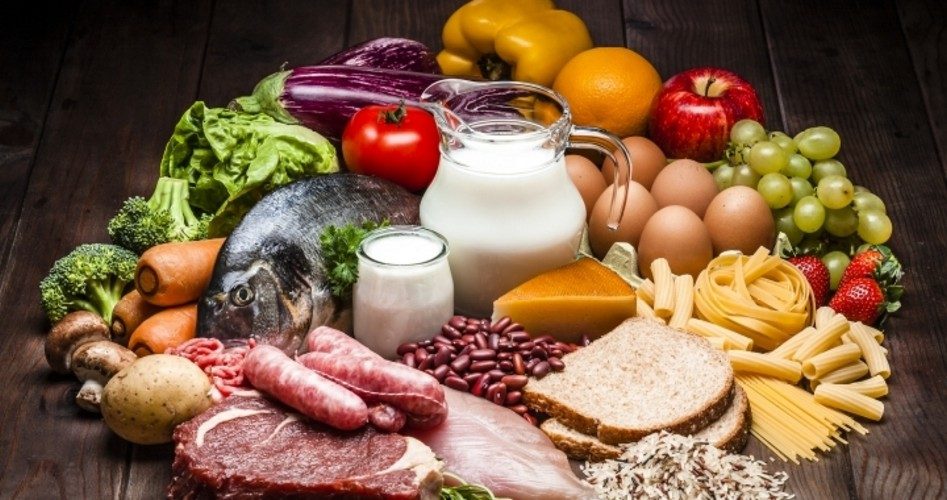
Some people contend that our nation’s food supply chain is starting to break. While news photos depict farmers plowing under crops that they either don’t have the means to harvest, or no markets to ship them to, area food banks say they cannot get enough food to continue operations.
John Tyson, chairman of the board at Tyson Foods Inc., warned about the impending crisis in a full-page advertisement published April 26 in the New York Times, Washington Post, and Arkansas Democrat-Gazette in which he warned, “The food supply chain is breaking.”
Tyson said the prospect of closing down pork, beef, and chicken plants because of the coronavirus has made the U.S. supply chain “vulnerable.” Meat-packing plants belonging to Smithfield Foods in the Midwest have closed this month because of coronavirus outbreaks among workers.
In a bipartisan joint letter, Senators Mike Lee (R-Utah) and Amy Klobuchar (D-Minn.) wrote to members of the Trump administration, including Attorney General William Barr, Secretary of Agriculture Sonny Perdue, and Commodity Futures Trading Commission Chairman Heath Tarbert, asking them to identify the root causes of disruptions in the meat supply chain caused by the COVID-19 pandemic, “so we can work together to implement appropriate solutions.”
Food suppliers are also faced with a reduction in consumer demand. A major factor contributing to this, say those tracking the problem, is that with schools closed and restaurants offering only take-out service, Americans’ eating patterns have changed. Take milk consumption as one example.
The dairy industry, represented by the International Dairy Foods Association, among others, estimates that its supply is currently 10 percent greater than domestic demand. The association says about five percent of the country’s milk is currently being dumped.
They attribute this drop in demand mostly to the closure of thousands of K-12 schools, which are usually significant consumers of milk. However, this explanation raises an interesting question. Schoolchildren typically are served an eight-ounce carton of milk with their lunch each day. Most nutritionists recommend that children over the age of three be given three cups (24 ounces) of milk or milk products each day.
So if children are no longer eating lunch in school, why aren’t mothers providing their children with eight ounces of milk at lunch, just as if they were in school?
If that were the case, dairy farmers would just send more milk to supermarkets to make up for the cancelled school orders.
Perhaps mothers today have different nutritional beliefs than mothers back in the ’50s and ’60s, when they insisted that children drink milk with every meal. Or, perhaps, they have turned over too much responsibility for their children’s wellbeing to the government schools. With the schools closed, more of our nation’s parents have now turned to homeschooling, which presumably should include good nutritional education.
The lack of demand extends to produce, as well. About 40 percent of the nation’s fresh produce goes to restaurants, and many Americans are apparently reluctant to prepare meals with vegetables themselves, so lettuce, tomatoes, and cabbage (which restaurants use to make coleslaw) are being plowed under in some cases.
Image: fcafotodigital/iStock/Getty Images Plus
Warren Mass has served The New American since its launch in 1985 in several capacities, including marketing, editing, and writing. Since retiring from the staff several years ago, he has been a regular contributor to the magazine. Warren writes from Texas and can be reached at [email protected].




